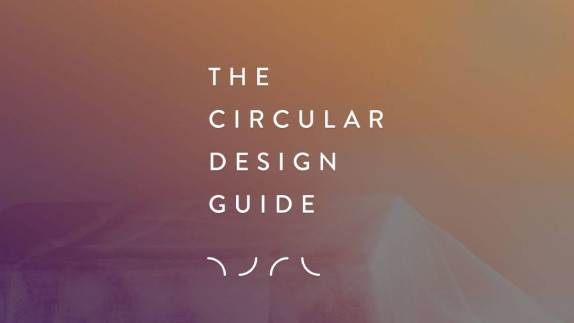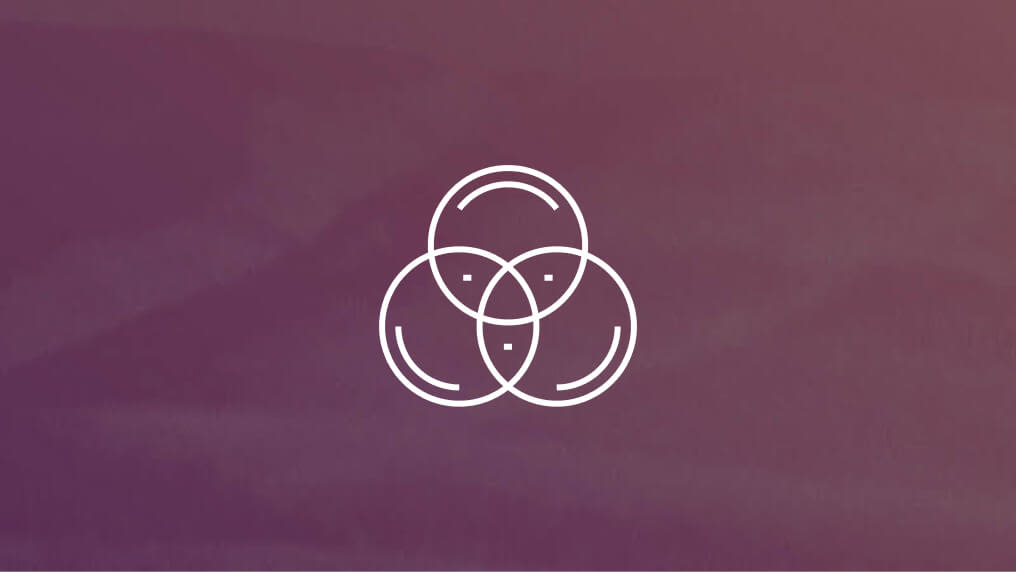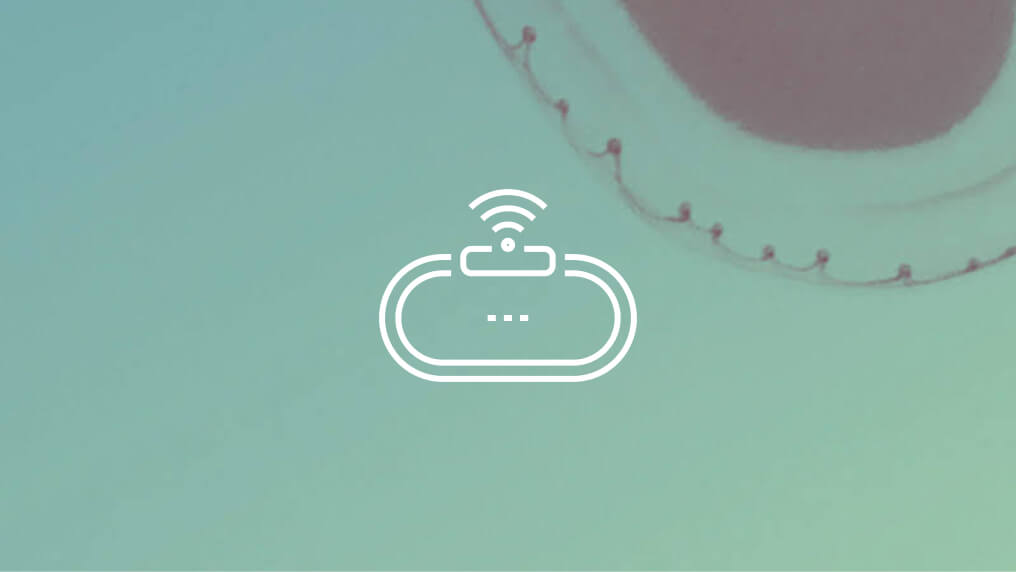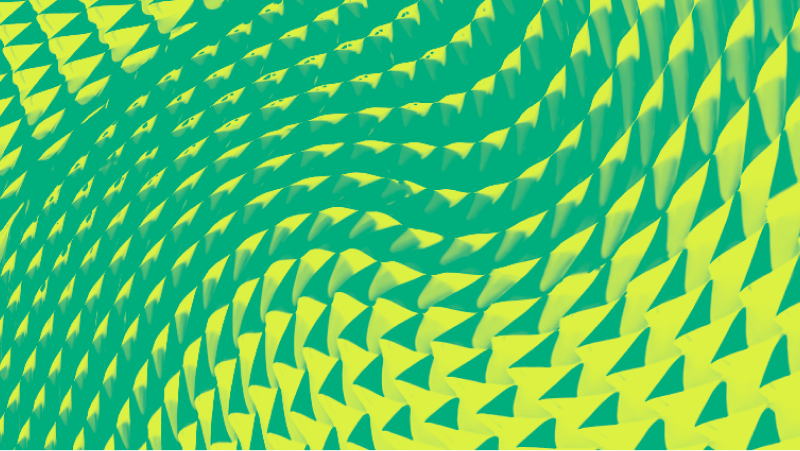As a regenerative system, the circular economy can have many positive consequences that enhance quality of life, community, and environment.
Creating value for every player in your wider ecosystem will help that system thrive in the long term. Nurturing the people (think users, employees or partners) and natural systems that directly draw from or support your organisation can be a source of growth, creativity, and innovation. For example, creating a local production network provides economic support to your surrounding area, which could in turn give the community the wealth and ability to buy your product or service.
Steps
Step 1
Consider supporting the circularity of both your organisation and its marketplace by nurturing the wellbeing, education or prosperity of your employees, users, and their communities.
What if you invested in employee ownership, education or wellbeing in all locations where you operate? How might you be able to do this?
List as many options as possible.
If you implemented some of these ideas, how might that improve productivity?
How might a healthier, well-educated, prosperous community, which is connected to nature, better support your organisation in both the short and long term? What benefits could this bring in terms of retaining and attracting talent? Or increasing trust and loyalty in the local community? How could this in turn enhance the prosperity of your organisation?
Step 2
Next, think of as many ways as possible to measure this type of impact within your system. This will help you demonstrate the value of your efforts and investments from the outset, and allow you to build a strong narrative for existing and potential partners or investors. You can use the Embed Feedback method to help you with this.
Step 3
If you’d like some more inspiration, check out this video of Douglas Rushkoff explaining the regenerative power of a more circular economycircular economyA systems solution framework that tackles global challenges like climate change, biodiversity loss, waste, and pollution. It is based on three principles, driven by design: eliminate waste and pollution, circulate products and materials (at their highest value), and regenerate nature..

Circular Design Guide
This page is part of the Circular Design Guide. Get an overview of the project, or dive straight into our activities to help you understand, define, make, and release circular innovations.






